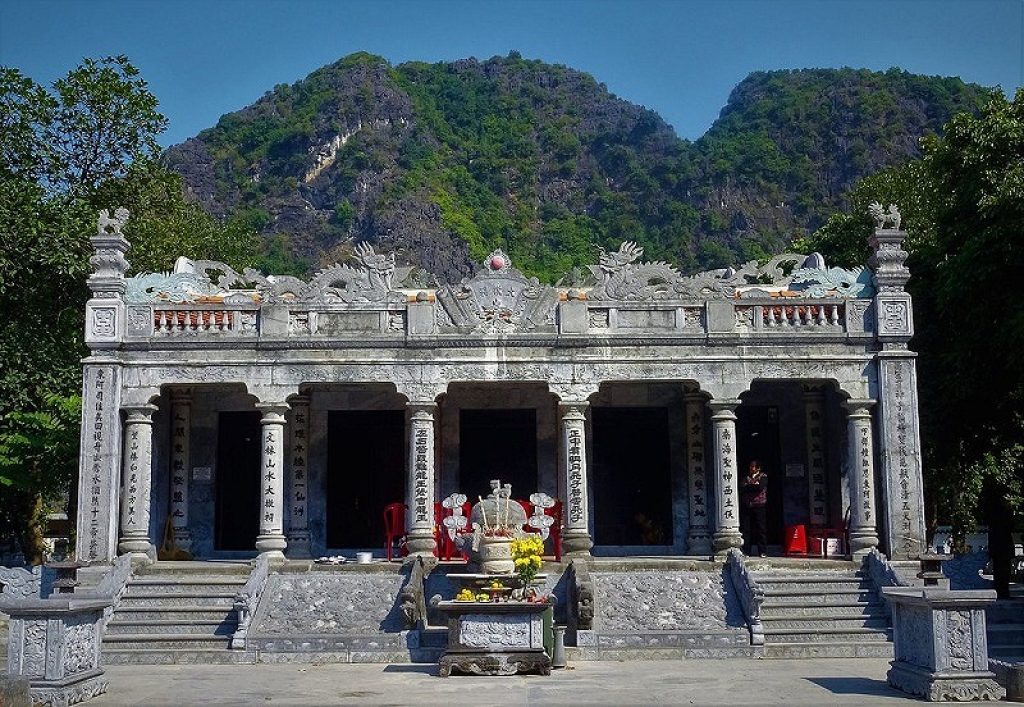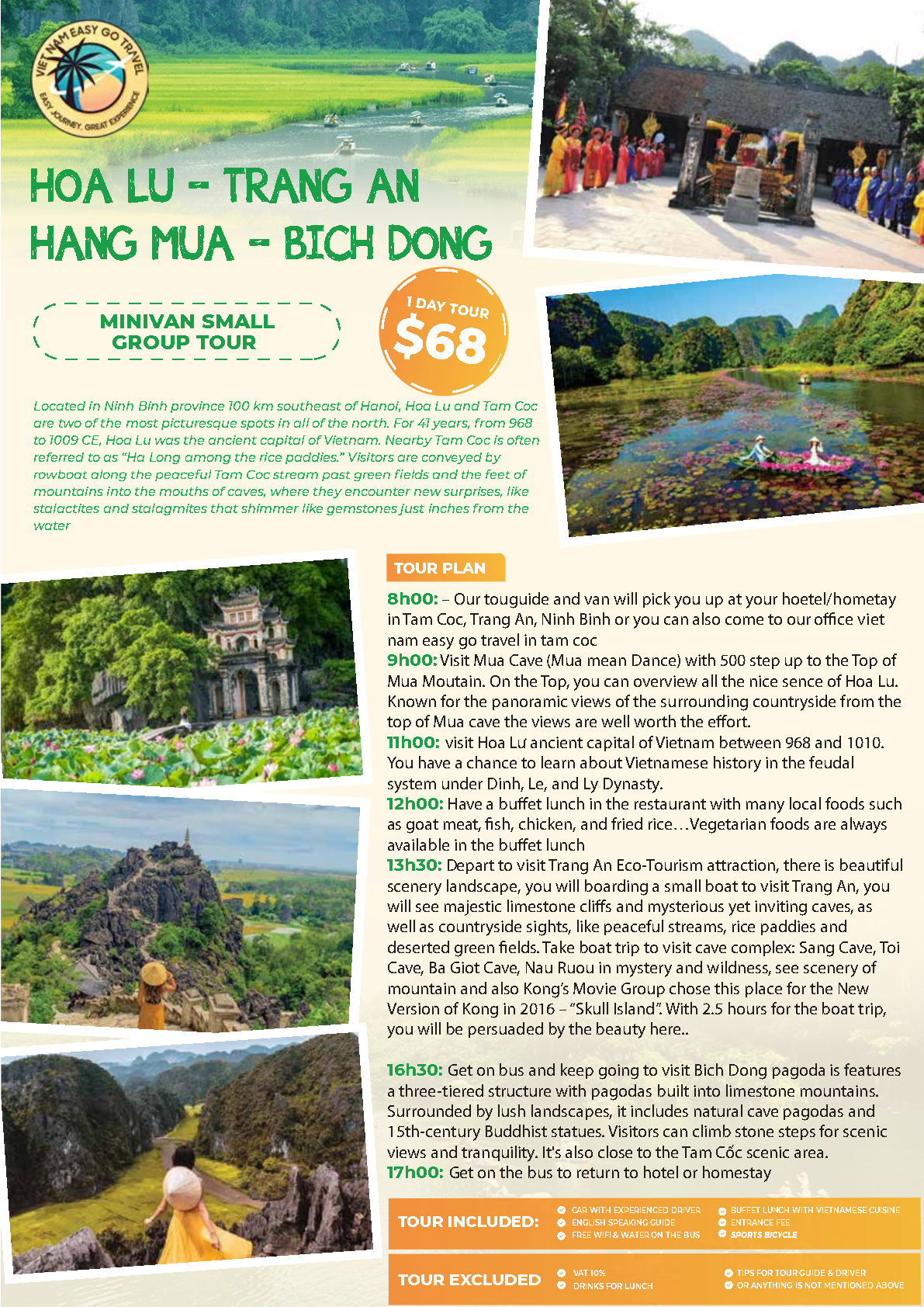

Thái Vi Temple – A Sacred Landmark in Ninh Bình
Nestled in the heart of the Tam Cốc – Bích Động scenic complex, Thái Vi Temple is one of the most significant spiritual and historical sites in Ninh Bình Province, Vietnam. Surrounded by towering limestone mountains, rice paddies, and the tranquil Ngô Đồng River, the temple is not only a sacred place of worship but also a destination where history, culture, and natural beauty harmoniously blend.
Historical Background
Thái Vi Temple was built during the Trần Dynasty in the 13th century to honour Kings Trần Thái Tông, Trần Thánh Tông, and Trần Nhân Tông, along with General Trần Hưng Đạo and other royal family members. This site used to be the place where King Trần Thái Tông and his successors established their base during the resistance against Mongol invasions. After achieving victory, the kings returned to Thái Vi Temple to express gratitude to heaven, earth, and their ancestors.
Architectural Features
The temple showcases traditional Vietnamese architecture with a unique blend of stone and wood. The gate, pillars, and altars are made of solid stone, intricately carved with patterns of dragons, phoenixes, lotuses, and clouds, symbolising strength and prosperity. Inside the temple, visitors can find statues of Trần Dynasty kings and generals, incense altars, and beautifully decorated shrines. The peaceful setting, combined with the architectural artistry, makes Thái Vi Temple a truly captivating site.
Cultural and Spiritual Value
Every year, the Thái Vi Temple Festival is held from the 14th to the 17th day of the third lunar month. This event attracts thousands of locals and tourists, featuring traditional rituals, dragon dances, folk games, and boat racing on the Ngô Đồng River. It is not only a chance to honour the Trần Dynasty heroes but also an opportunity to preserve and celebrate Vietnamese cultural identity.
Visiting Thái Vi Temple
To reach the temple, visitors often take a boat ride along the Ngô Đồng River, passing through Tam Cốc’s stunning cave system and rice fields. The journey itself is a unique experience, offering breathtaking natural scenery before arriving at the sacred grounds. The best time to visit is during the festival or in late spring when the landscape is lush and vibrant.
Conclusion
Thái Vi Temple is more than just a place of worship – it is a symbol of Vietnamese resilience, cultural pride, and harmony with nature. For travellers exploring Ninh Bình, a visit to Thái Vi Temple provides not only a glimpse into Vietnam’s glorious past but also a serene escape into spiritual peace and natural beauty.


